Chemicals list & Research Gallery
CAS number: 486-23-7
Leptosin is a member of aurones and a glycoside.

Representative leptosins: Leptosin D, Leptosin K.
CAS number: 486-64-6
Vasicinone is a member of quinazolines.
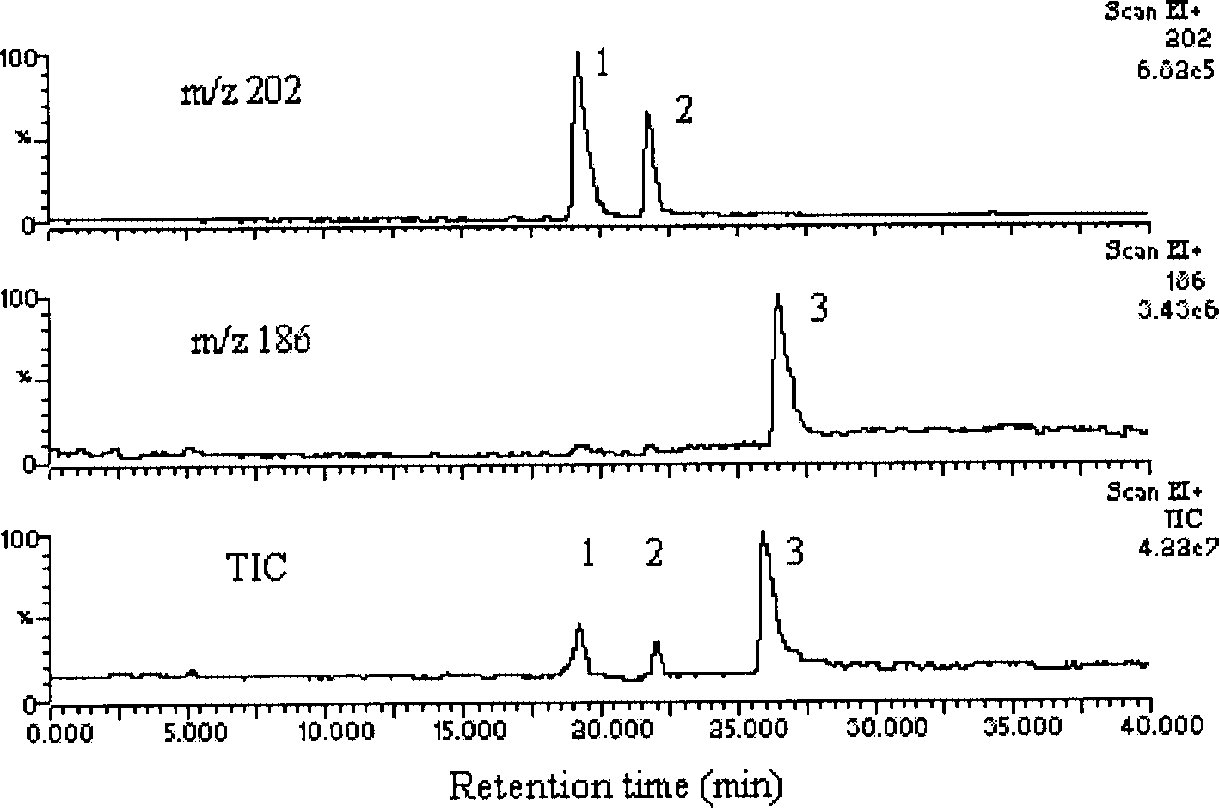
Total ion chromatogram and extracted mass chromatograms obtained from an incubation mixture with Desoxypeganine 1. Peak 1 Vasicinone 3, Peak 2 Isovasicinone 4, Peak 3 Pegenone 2.
CAS number: 486460-32-6
Sitagliptin is an oral dipeptidyl peptidase-4 (DPP-4) inhibitor used in conjunction with diet and exercise to improve glycemic control in patients with type 2 diabetes mellitus. The effect of this medication leads to glucose dependent increases in insulin and decreases in glucagon to improve control of blood sugar. Sitagliptin was granted FDA approval on October 16, 2006.
![Structures of representative triazolopiperazines derivatives and scaffold hopping to 1,4,8-triazaspiro[4.5]decan-3-ones framework: Sitagliptin, AZD0108](http://www.wlxkc.cn/picture/c9nj02154j_2.png)
Structures of representative triazolopiperazines derivatives and scaffold hopping to 1,4,8-triazaspiro[4.5]decan-3-ones framework: Sitagliptin, AZD0108
CAS number: 487-52-5
Butein is a chalcone that is (E)-chalcone bearing four additional hydroxy substituents at positions 2', 3, 4 and 4'. It has a role as a tyrosine kinase inhibitor, an antioxidant, an EC 1.1.1.21 (aldehyde reductase) inhibitor, an antineoplastic agent, a geroprotector, a radiosensitizing agent, a hypoglycemic agent and a plant metabolite. It is a member of chalcones and a polyphenol.
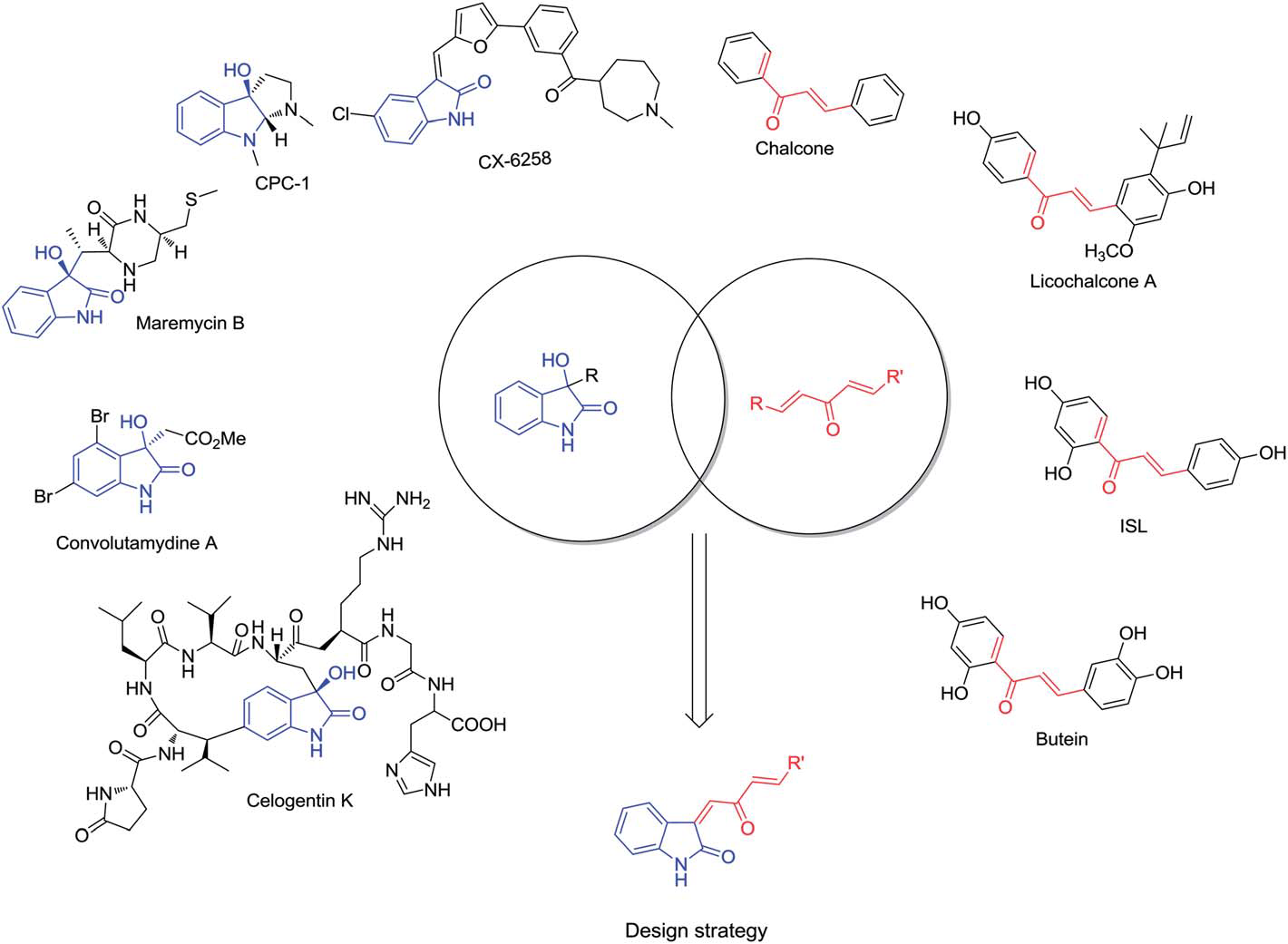
Biologically important molecules containing C3-functionalized oxindoles or a,b-unsaturated ketones, and the design strategy of combinatorial chemistry for new compound.
CAS number: 487-79-6
Kainic acid is a dicarboxylic acid, a pyrrolidinecarboxylic acid, a L-proline derivative and a non-proteinogenic L-alpha-amino acid. α-Kainic acid is a neuroexcitatory molecule and a cyclic analog of L-glutamate, first isolated from the marine alga Digenea simplex. It's a key member of the kainoid family and is used in neuropharmacology research to mimic neurological disorders like epilepsy, Alzheimer's, and Huntington's disease.

Transmembrane currents induced in Purkinje neurons by different doses of glutamate and kainic acid (KA).

Comparative potentiation of kainic acid (KA) and glutamate responses in Purkinje neurons by CT and 3.

Concentration dependence of 3 effect on the currents induced by different kainate doses.

Effect of CT (cyclothiazide) and 3 on dose-dependent response for the currents induced by kainic acid in Purkinje neurons.

Comparative effect of different doses of CT (cyclothiazide) and 1 on currents, induced by the fixed concentration of kainic acid (KA).
CAS number: 488-81-3
Ribitol is a metabolite found in or produced by Escherichia coli (strain K12, MG1655).

Synthesis of N-alkyl imino-ribitol and -arabinitol derivatives.

Synthesis of 1-C-hexyl imino-l-ribitols.

Synthesis of 5-C-alkyl imino-l-ribitols.
CAS number: 488-82-4
D-arabinitol is the D-enantiomer of arabinitol. It is an enantiomer of a L-arabinitol.
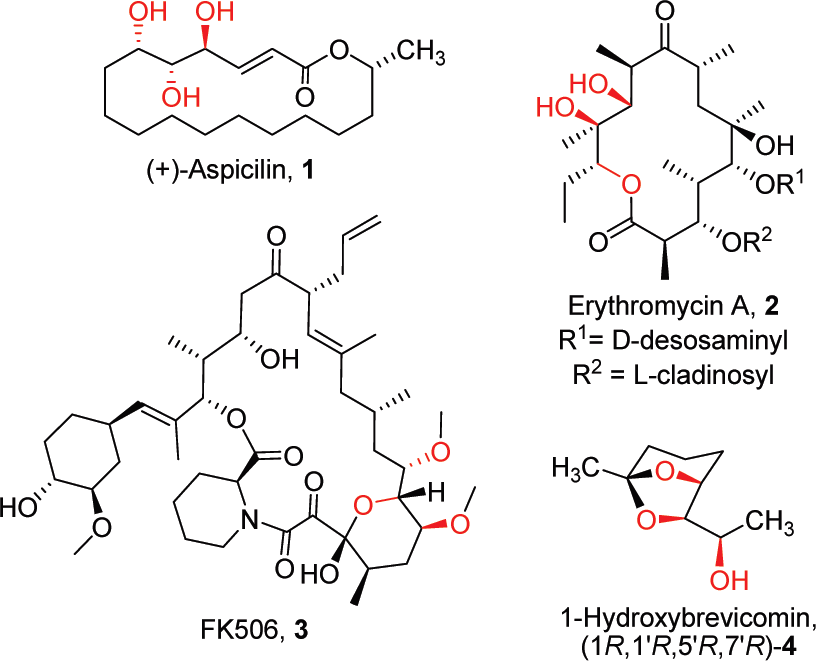
Natural products include or are derived from D- or L-arabinotriol.

Synthesis of N-alkyl imino-ribitol and -arabinitol derivatives.
CAS number: 491-38-3
Chromone is the simplest member of the class of chromones that is 4H-chromene with an oxo group at position 4. It is a member of chromones and an enone.
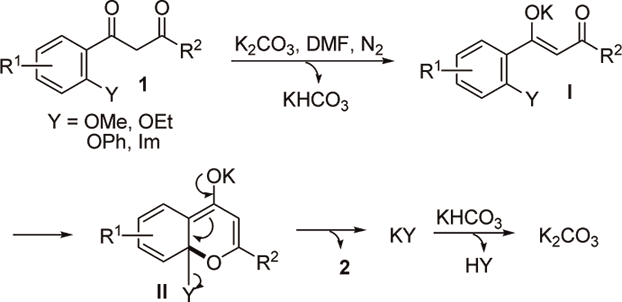
Possible Mechanism on Base-Catalyzed Intramolecular Cyclization of 1 Leading to Chromone Derivative (2)
CAS number: 493-08-3
Chromane is a benzopyran consisting of a pyran ring having a benzene ring ortho-fused across positions 2 and 3.
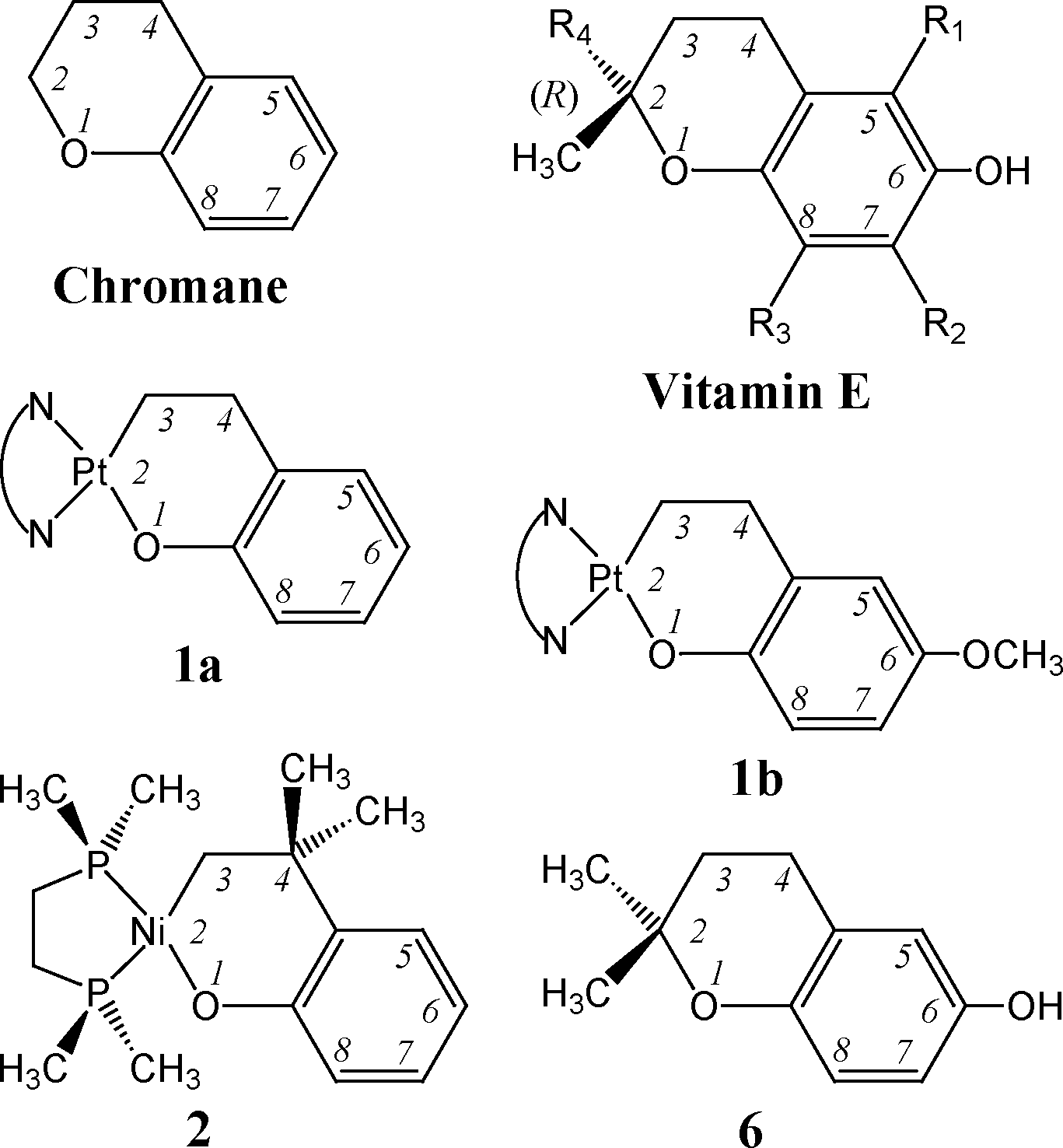
Structure of chromane, vitamin E (tocopherols and tocotrienols
CAS number: 4930-98-7
2-Hydrazinopyridine is used as a heterocyclic building block in the synthesis of pharmaceuticals, such as anti-cancer agents, and agrochemicals. It serves as a reagent in analytical chemistry for detecting carbonyl compounds and as a ligand in coordination chemistry to form metal complexes used in catalysis.
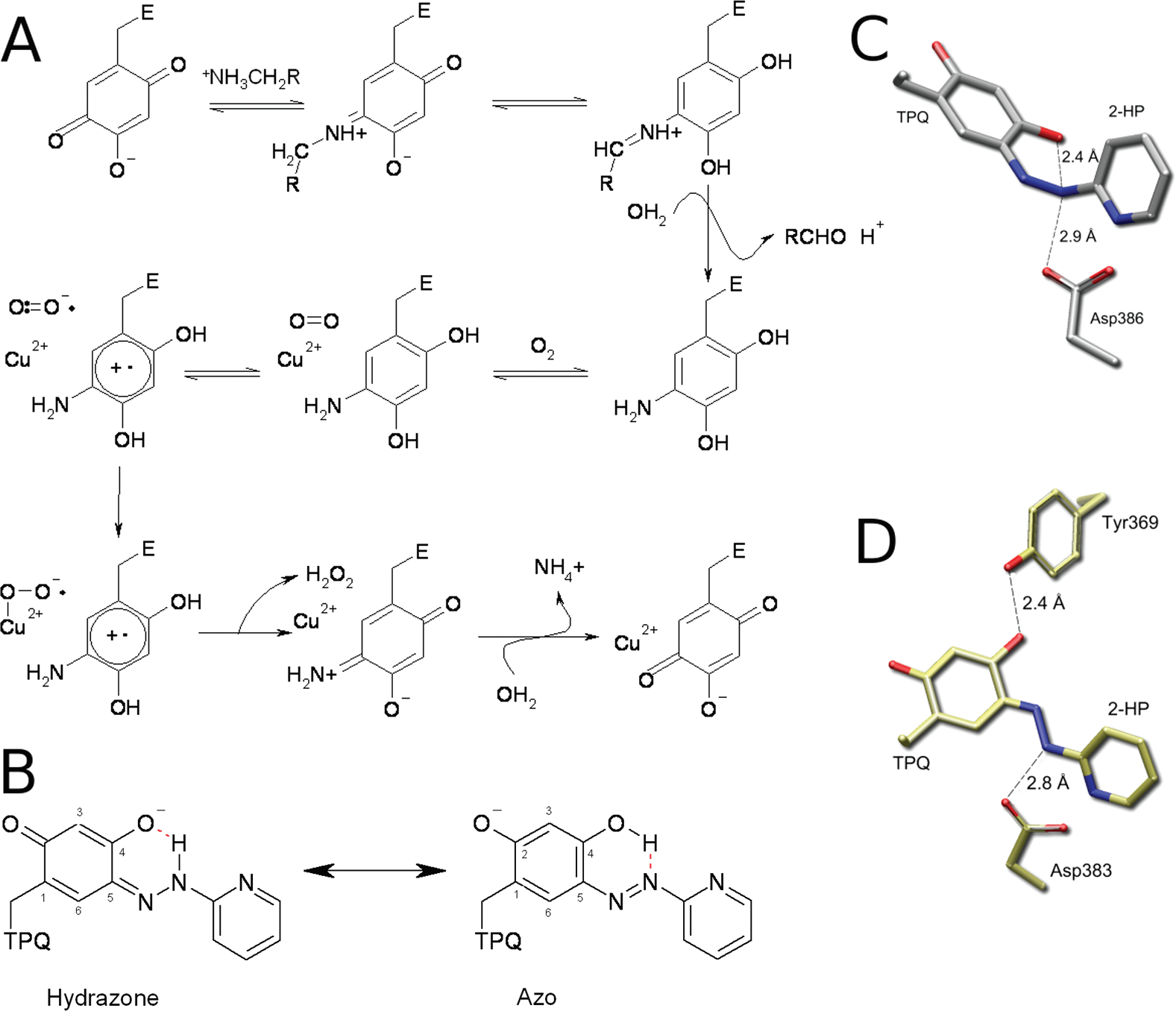
Binding of 2-hydrazinopyridine (2-HP) to TPQ.